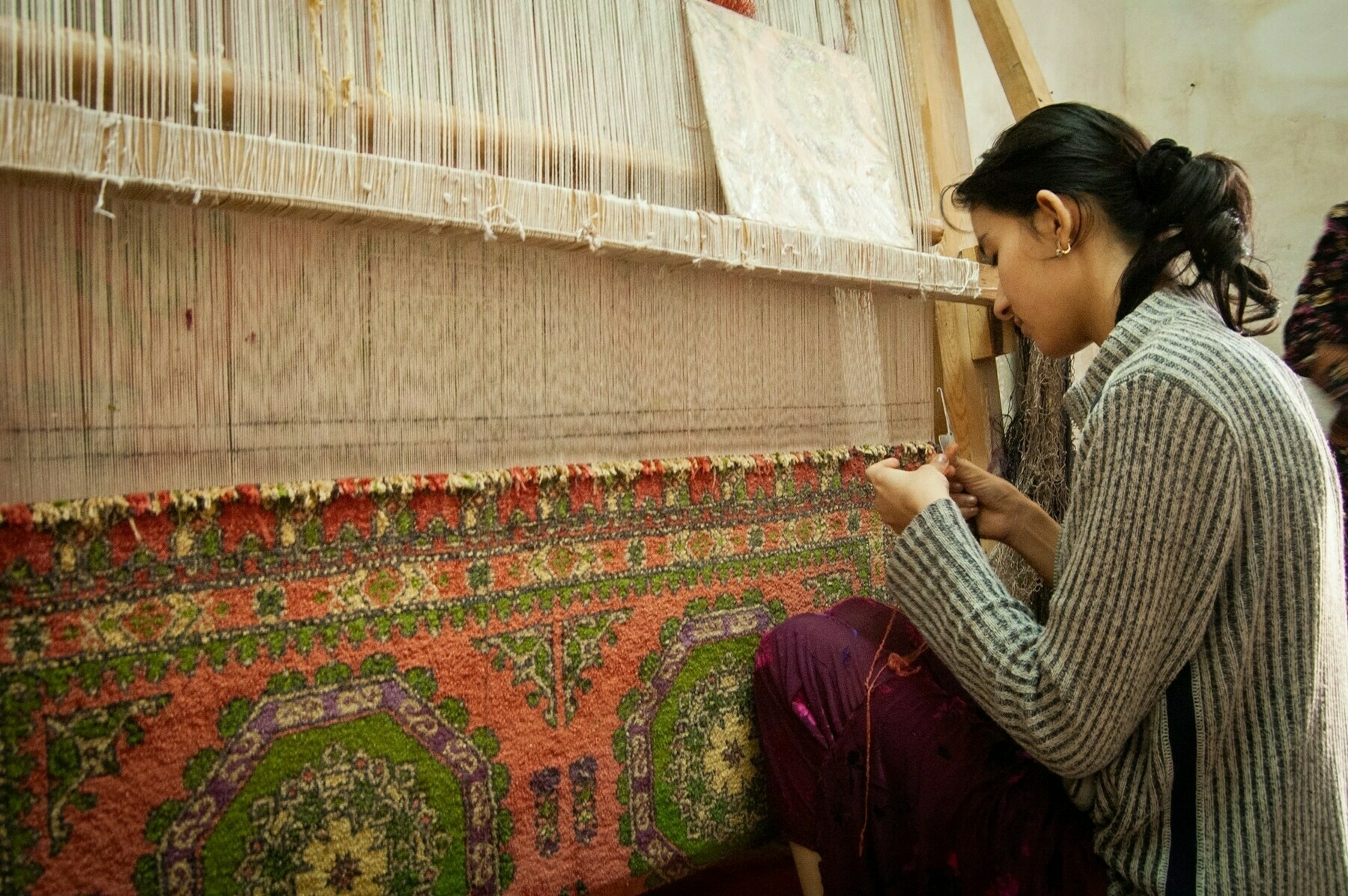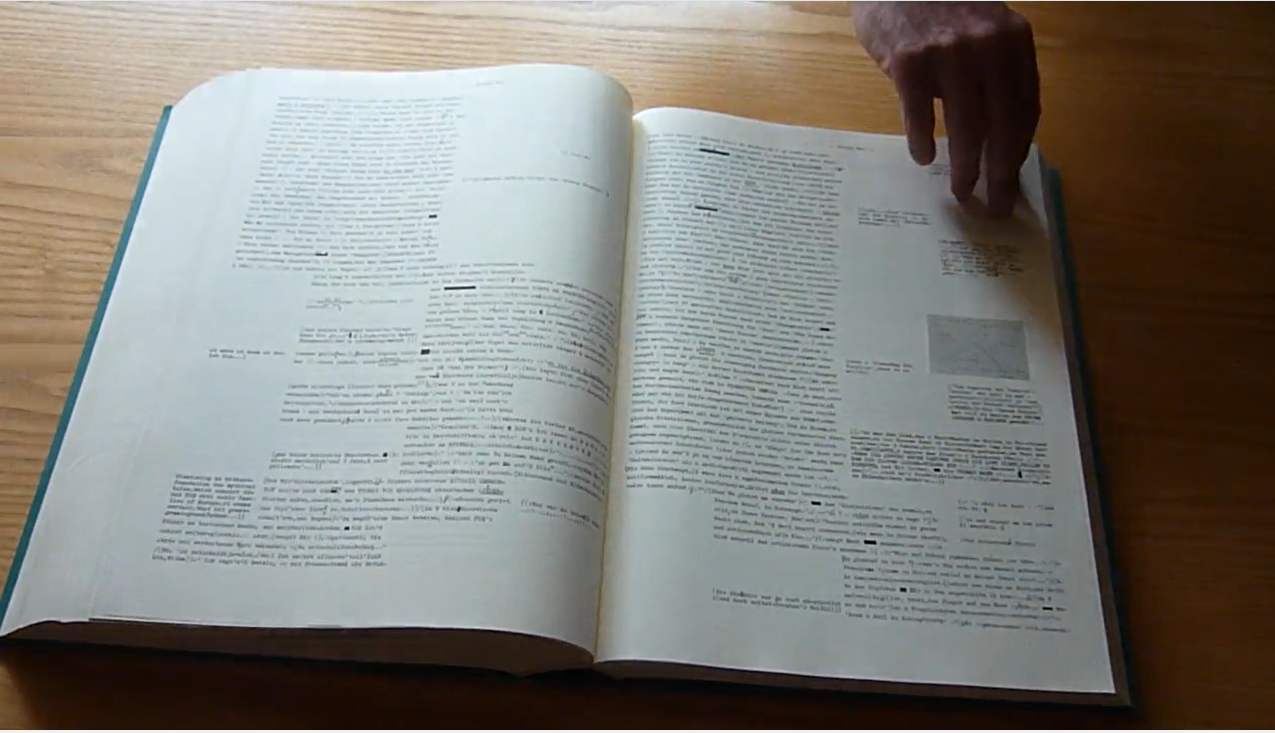Not just notes: another meaning of 'Zettel'
In German, Zettelkasten, quite simply, means ‘note box’. But there’s another, more hidden meaning of the word Zettel (note) that even German-speakers may know nothing of.
All the same, it’s useful for thinking with.
Here’s Esther Yi in the New Yorker, writing about the epic task of translating Arno Schmidt’s monumental work of experimental fiction, ‘Zettels Traum’. Schmidt was one of several German authors strongly influenced by the Irish writer James Joyce (see this video).
“He compiled roughly a hundred and twenty thousand scraps of paper, or Zettel, in shallow wooden boxes, which he spread out on his desk. On each Zettel, there was written a bit of dialogue or sexual wordplay (“Im=pussy=bell’–!”) or a literary quote rerouted through his one-track mind (“the fleshy man=drake’s stem. / That shrieks, when torn at night”). After twenty-five thousand hours of knitting the pieces together, Schmidt handed the manuscript to his publisher in a large cardboard box tied with a curtain sash.
The title “Zettel’s Traum” is drawn from a German translation of “A Midsummer Night’s Dream.” The last name of the weaver, Nick Bottom, was changed to Zettel, which not only means a slip of paper but also the warp used in weaving1.”
A Great Translator Takes on One Final and Nearly Impossible Project.

Arno Schmidt’s Zettelkasten is an extraordinary sight to behold. You can see it in a short video (at 4:15). And you can see a short video of the book he made from it, too.
I’ve wondered in the past whether this second meaning of Zettel - the warp thread in weaving - might explain the German term ‘Verzetteln’, which apparently means to get lost in the detail. Etymologically, this is probably the case, since this version of the word comes from a verb meaning to scatter. This is quite different from the origin of Zettel as a note, which comes from the Italian cedola. Reference
But I suspect the entire composition process of Schmidt’s novel Zettels Traum might itself have been a double entendre, since the book is meticulously woven together from countless threads, each of which is a note. As the New Yorker article observes, “If “Zettel’s Traum” is a tapestry, then Zettels are its Zettel.”

In following these lines of thought I’m strongly influenced by anthropologist Tim Ingold, who views weaving as a fundamental mode of creativity (it has to do with German etymology again), and who sees weaving and writing as closely connected.
These musings led me further, to Latticework, a prototype knowledge interface (i.e. fancy notes app) from Matthew Siu and Andy Matuschak (of Andy’s Notes ‘fame’). I like how they also identify, at least in the word lattice, the warp and weft, in-and-out, texile-like nature of writing. It’s still very much a prototype, in the shape of an Obsidian plug-in, but it looks like a promising and intriguing start.
Image credits:
Photo of a weaver by Joel Heard on Unsplash.
Still of Zettels Traum pages from a video by Ralf Wasselowski.
-
my emphasis ↩︎